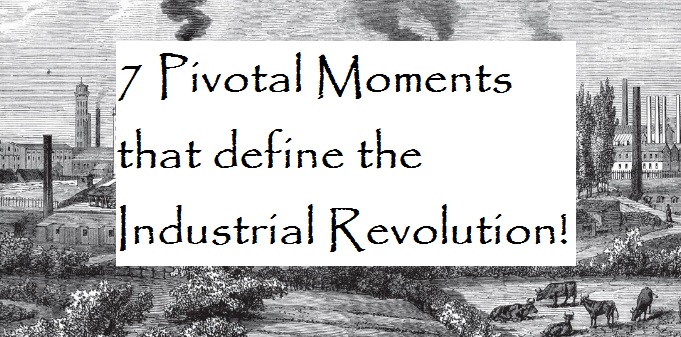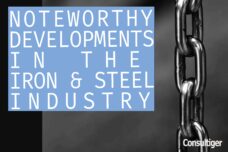3500 BC saw the invention of wheel. This was in Mesopotamia (Iraq). This genius of an idea was not invented for transportation but was used for creating mud pots as potters wheel. 300 years later, the potters wheel led to the ‘wheel’ that could be used to transport heavy objects.
Over the course of the evolution of mankind, such moments have wholesomely defined an era.
18th century is witness to a path breaking manufacturing process that triggered what is popularly called the Industrial Revolution. ‘Production using hands’ was replaced with Machine manufacturing — paving the way for ‘factory’ manufacturing. This was a point where civilisation took a turn in an altogether different direction.
Here’s a look at the key inventions in this period:
#1 Invention of the Steam Engine: Thomas Newcomen invented the Steam Engine (AD1712) which dramatically transformed the way goods were transported. The steam engine allowed easier access to the interior countries of a continent and aided in setting up of factories closer to ore deposits.
#2 Invention of the Sewing Machine: The decade following the invention of the Steam Engine saw the increase in production of sewing related machines which led the establishments of numerous silk throwing and cloth manufacturing factories. In the 1780s, the sewing machine was replaced by powerlooms.
#3 Invention of Telegraph: Setting up of the Telegraph system fabricated the foundation for long distance communication. It was established in 1844 by Samuel Morse. The encryption and decryption methods used for transmitting telegraphs was pioneering. It’s still sometimes used with modern day encryption keys.
#4 Graham Bell invents Telephone: In 1876, Graham Bell created history by inventing the Telephone. This marked the dawn of the second cycle of the IR. The telephone drastically reduced the time taken for delivering a message and several companies were started solely based on the scope for telecommunication services.
#5 Thomas Edison invents light bulb: There have been considerable disputes regarding the invention of the Light Bulb but historians attribute it to Thomas Edison. He found the first practically usable incandescent light bulb in 1879. This also lead to labourers working in shifts to meet consumer demand as artificial light allowed them to work even during the nights.
#6 Wright Brothers invent Airplane: The dawn of the 20th century marked the year man took to the skies. In 1903, the Wright Brothers perfectly achieved aerodynamic equilibrium on a metal body with wings and propellers attached to it. They reworked their system to fly the first commercial aircraft a couple of years later.
#7 Henry Ford invents T-Ford: The first affordable automobile was built by Henry Ford in 1908. The mass production of the T-Ford saw the dawn of lean manufacturing and assembly lines. This also meant that the middle class population had their first access to reasonable transportation.
The Industrial Revolution paved the way for urbanisation and large scale migration of workers. The economic impact of this period was widespread and rapid. It was one big reason for the rise of Capitalism and its contrarian thought, Communism.














